DIY Mold Remover Hydrogen Peroxide: Are you tired of battling stubborn mold in your home, feeling like you’re constantly losing the war against those unsightly and potentially harmful growths? I know I have! For centuries, people have struggled with mold, from ancient civilizations dealing with damp dwellings to modern homeowners facing bathroom mildew. But what if I told you there’s a simple, effective, and surprisingly affordable solution hiding in your medicine cabinet?
That’s right! This article dives deep into the power of DIY Mold Remover Hydrogen Peroxide. We’ll explore how this readily available household staple can become your secret weapon against mold, saving you money and protecting your family’s health. Forget harsh chemicals and expensive professional services – I’m going to show you how to harness the natural cleaning power of hydrogen peroxide to tackle mold effectively and safely.
Why is this DIY trick so important? Because mold isn’t just an eyesore; it can trigger allergies, respiratory problems, and other health issues. Learning how to create your own DIY Mold Remover Hydrogen Peroxide solution empowers you to take control of your home environment and create a healthier living space for yourself and your loved ones. So, let’s get started and banish that mold for good!
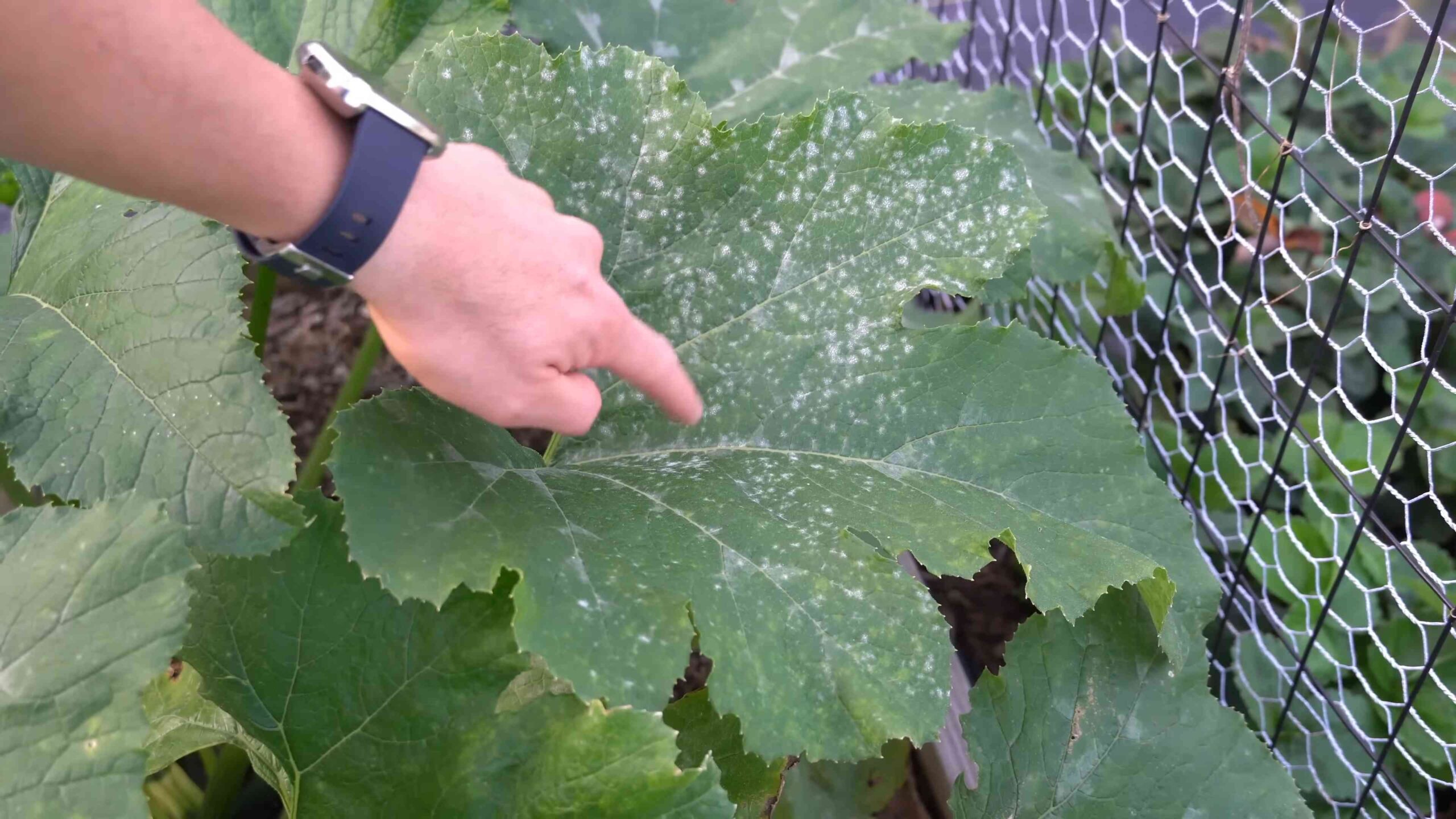
DIY Mold Remover: Harnessing the Power of Hydrogen Peroxide
Hey there, fellow DIY enthusiasts! Mold. Just the word sends shivers down my spine. It’s unsightly, smells awful, and can be a real health hazard. But don’t despair! Before you reach for those harsh chemical cleaners, I’m going to show you how to tackle mold using a common household item: hydrogen peroxide. It’s a fantastic, relatively eco-friendly, and effective solution for many mold problems. Let’s get started!
What You’ll Need
Before we dive in, let’s gather our supplies. Having everything ready will make the process smooth and efficient.
* Hydrogen Peroxide (3% concentration): This is the standard concentration you find at most drugstores. Higher concentrations can be dangerous and aren’t necessary for this task.
* Spray Bottle: A clean, empty spray bottle is essential for applying the hydrogen peroxide evenly.
* Gloves: Protecting your hands is crucial. Mold can be irritating, and hydrogen peroxide can dry out your skin.
* Eye Protection: Safety first! Goggles or safety glasses will prevent any accidental splashes from getting into your eyes.
* Scrub Brush or Sponge: Choose a brush or sponge with a slightly abrasive surface to help loosen the mold. An old toothbrush works great for tight corners.
* Clean Cloths or Paper Towels: For wiping away the mold and hydrogen peroxide residue.
* Optional:
* Old Towel: To protect surrounding surfaces from drips.
* Fan: To help with ventilation and drying.
* Mold-Specific Cleaner (for stubborn cases): If the hydrogen peroxide alone isn’t cutting it, you might need a stronger cleaner. But always try hydrogen peroxide first!
Understanding Hydrogen Peroxide and Mold
Hydrogen peroxide (H2O2) is a mild antiseptic with oxidizing properties. When it comes into contact with mold, it breaks down the mold’s structure, effectively killing it and helping to remove stains. It’s a great alternative to bleach because it’s less harsh on surfaces and doesn’t release harmful fumes. However, it’s important to remember that hydrogen peroxide is most effective on surface mold. If you suspect a more significant mold problem behind walls or under flooring, it’s best to consult a professional mold remediation service.
Step-by-Step Guide to Removing Mold with Hydrogen Peroxide
Okay, let’s get down to business! Follow these steps carefully for the best results.
1. Prepare the Area:
* First, put on your gloves and eye protection. Seriously, don’t skip this step!
* Cover any nearby surfaces with an old towel to protect them from drips.
* Ensure the area is well-ventilated. Open windows and turn on a fan if possible. Good airflow helps the hydrogen peroxide dry faster and prevents mold spores from spreading.
2. Fill the Spray Bottle:
* Carefully pour the 3% hydrogen peroxide into your clean spray bottle. Make sure not to dilute it. We want the full strength of the solution to work its magic.
3. Spray the Moldy Area:
* Thoroughly saturate the moldy surface with hydrogen peroxide. Don’t be shy! You want to make sure the solution penetrates the mold.
* Hold the spray bottle a few inches away from the surface to ensure even coverage.
4. Let it Sit:
* This is the crucial part: patience! Allow the hydrogen peroxide to sit on the moldy surface for at least 10-15 minutes. This gives it time to break down the mold spores. For heavily molded areas, you can let it sit for up to an hour.
5. Scrub the Area:
* After the waiting period, use your scrub brush or sponge to gently scrub the moldy area. You should see the mold starting to lift and disappear.
* For tight corners or hard-to-reach spots, use an old toothbrush.
* Don’t scrub too hard, as you could damage the surface. Let the hydrogen peroxide do most of the work.
6. Wipe Clean:
* Use a clean cloth or paper towel to wipe away the loosened mold and hydrogen peroxide residue.
* Rinse the cloth or paper towel frequently to avoid spreading the mold.
7. Repeat if Necessary:
* For stubborn mold stains, you may need to repeat steps 3-6. Don’t be discouraged if it doesn’t all come off on the first try. Some mold is just more persistent than others.
8. Dry the Area:
* Once you’ve removed the mold, thoroughly dry the area. You can use a clean cloth, paper towel, or a fan to speed up the drying process.
* Mold thrives in damp environments, so it’s essential to ensure the area is completely dry to prevent regrowth.
Dealing with Different Surfaces
The effectiveness of hydrogen peroxide can vary depending on the surface you’re cleaning. Here’s a quick guide:
* Bathroom Tiles and Grout: Hydrogen peroxide works well on bathroom tiles and grout. The scrubbing action helps to remove mold from the porous grout lines.
* Shower Curtains: You can spray hydrogen peroxide on shower curtains to remove mold. Let it sit for a few minutes, then rinse thoroughly. For fabric shower curtains, you can also add hydrogen peroxide to your washing machine.
* Drywall: Hydrogen peroxide can be used on drywall, but be careful not to oversaturate it, as this can damage the drywall. Apply a light mist and let it dry completely.
* Wood: Hydrogen peroxide can lighten wood, so test it in an inconspicuous area first. Apply sparingly and wipe off any excess.
* Fabric: Hydrogen peroxide can also bleach fabric, so test it in a hidden area before applying it to the entire surface.
Preventing Mold Regrowth
Removing mold is only half the battle. Preventing it from coming back is just as important. Here are some tips to keep mold at bay:
* Control Humidity: Mold thrives in humid environments. Use a dehumidifier in damp areas like bathrooms and basements.
* Improve Ventilation: Ensure good airflow in your home. Open windows regularly and use exhaust fans in bathrooms and kitchens.
* Fix Leaks: Repair any leaks promptly to prevent water damage and mold growth.
* Clean Regularly: Regularly clean surfaces that are prone to mold growth, such as bathroom tiles and shower curtains.
* Use Mold-Resistant Products: When renovating or building, consider using mold-resistant drywall and paint.
When to Call a Professional
While hydrogen peroxide is effective for many mold problems, there are times when it’s best to call in the professionals.
* Large Areas of Mold: If you have a large area of mold (more than 10 square feet), it’s best to consult a mold remediation service.
* Hidden Mold: If you suspect mold behind walls or under flooring, it’s important to have it professionally assessed and removed.
* Health Concerns: If you or anyone in your household is experiencing health problems related to mold exposure, seek medical attention and consult a mold remediation specialist.
Safety Precautions
Working with hydrogen peroxide is generally safe, but it’s important to take a few precautions:
* Always wear gloves and eye protection.
* Avoid contact with skin and eyes. If contact occurs, rinse thoroughly with water.
* Do not mix hydrogen peroxide with other cleaning products, especially bleach. This can create dangerous fumes.
* Keep hydrogen peroxide out of reach of children and pets.
* Store hydrogen peroxide in a cool, dark place.
Troubleshooting
* Mold Stains Persist: If the mold stains are still visible after cleaning, try making a paste of baking soda and hydrogen peroxide. Apply the paste to the stains, let it sit for a few minutes, and then scrub gently.
* Hydrogen Peroxide is Not Working: If the hydrogen peroxide isn’t working, it could be that the mold is too deep or that it’s a different type of mold that’s resistant to hydrogen peroxide. In this case, you may need to try a mold-specific cleaner or consult a professional.
* Surface Damage: If you notice any damage to the surface you’re cleaning, stop immediately and consult a professional.
Final Thoughts
Using hydrogen peroxide to remove mold is a simple, effective, and relatively eco-friendly solution. By following these steps and taking the necessary precautions, you can tackle many mold problems yourself. Remember to always prioritize safety and to consult a professional when necessary. Good luck, and happy cleaning! I hope this helps you get rid of that pesky mold and keep your home healthy and happy!
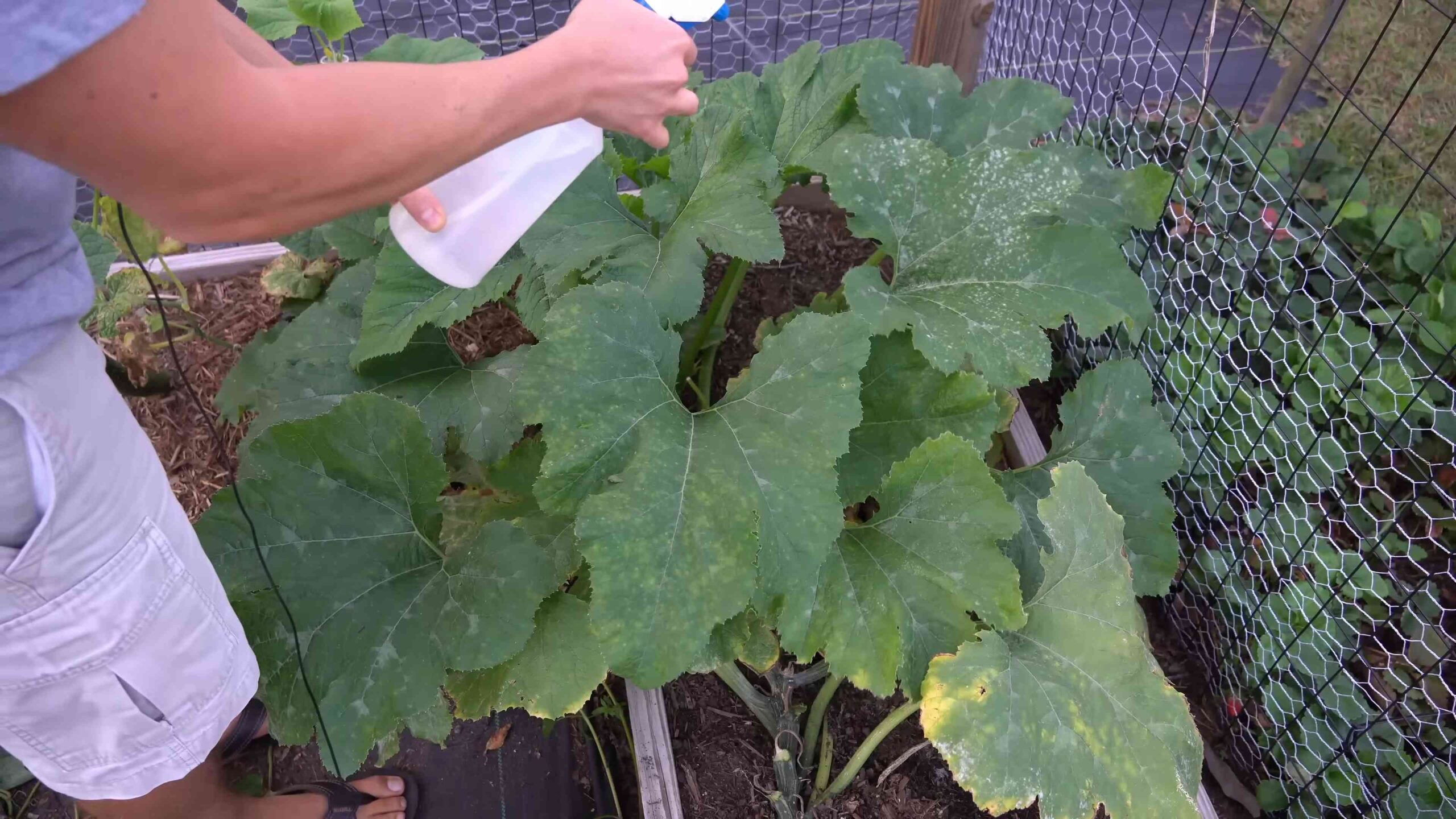
Conclusion
So, there you have it! This simple, yet incredibly effective, DIY mold remover using hydrogen peroxide is a game-changer for anyone battling unsightly and potentially harmful mold in their home. We’ve walked you through the process, highlighting its ease, affordability, and eco-friendliness compared to harsh chemical alternatives. But why is this DIY trick a must-try?
Firstly, it’s about your health and the health of your family. Mold can trigger allergies, asthma, and other respiratory problems. Commercially available mold removers often contain harsh chemicals that can exacerbate these issues. Hydrogen peroxide, on the other hand, breaks down into water and oxygen, leaving behind no toxic residue. This makes it a significantly safer option, especially for households with children and pets.
Secondly, it’s about saving money. Store-bought mold removers can be expensive, especially if you’re dealing with a recurring mold problem. Hydrogen peroxide is readily available at most pharmacies and grocery stores at a fraction of the cost. You’re not just cleaning mold; you’re cleaning your wallet!
Thirdly, it’s about being environmentally conscious. Many commercial mold removers contain volatile organic compounds (VOCs) that contribute to air pollution. By choosing hydrogen peroxide, you’re making a more sustainable choice that benefits both your home and the planet.
But the benefits don’t stop there. This DIY mold remover is incredibly versatile. While we’ve focused on its use in bathrooms and kitchens, it can also be used on other surfaces affected by mold, such as drywall, wood, and even fabrics (always test in an inconspicuous area first!).
Variations and Suggestions:
* For stubborn mold: Combine hydrogen peroxide with baking soda to create a paste. Apply the paste to the moldy area, let it sit for 10-15 minutes, and then scrub with a brush. The baking soda acts as a mild abrasive, helping to lift the mold.
* Adding essential oils: For a more pleasant scent and added antimicrobial properties, add a few drops of tea tree oil, clove oil, or eucalyptus oil to your hydrogen peroxide solution. These oils are known for their antifungal properties and can help prevent mold from returning.
* Preventative measures: After cleaning the mold, ensure the area is well-ventilated to prevent moisture buildup. Consider using a dehumidifier in damp areas to further reduce the risk of mold growth. Regularly inspect areas prone to mold and address any leaks or water damage promptly.
We are confident that this DIY mold remover using hydrogen peroxide will become your go-to solution for tackling mold problems. It’s effective, safe, affordable, and environmentally friendly. What more could you ask for?
Now, it’s your turn! We encourage you to try this DIY trick and see the amazing results for yourself. Don’t forget to share your experience with us in the comments below. We’d love to hear your tips, variations, and success stories. Let’s create a community of mold-busting experts! We believe that by sharing our knowledge and experiences, we can all create healthier and happier homes. So, grab your hydrogen peroxide, put on your gloves, and get ready to say goodbye to mold!
Frequently Asked Questions (FAQs)
What concentration of hydrogen peroxide should I use?
The recommended concentration for mold removal is 3% hydrogen peroxide, which is the standard concentration readily available in most drugstores and supermarkets. Higher concentrations can be more effective but also more corrosive and potentially harmful. Always wear gloves and eye protection when handling hydrogen peroxide, regardless of the concentration. Using a higher concentration without proper precautions could lead to skin irritation or damage to surfaces.
Is hydrogen peroxide safe to use on all surfaces?
While hydrogen peroxide is generally safe, it’s always best to test it on an inconspicuous area first, especially on delicate or colored surfaces. Hydrogen peroxide has bleaching properties and may lighten some materials. Avoid using it on surfaces that are known to be sensitive to bleaching agents. For example, dark-colored fabrics or painted surfaces should be tested before applying hydrogen peroxide to a larger area. If you notice any discoloration or damage, discontinue use immediately.
How long should I leave the hydrogen peroxide on the mold before wiping it off?
Allow the hydrogen peroxide to sit on the moldy surface for at least 10-15 minutes. This allows the hydrogen peroxide to penetrate the mold and effectively kill it. For more stubborn mold, you can leave it on for up to an hour. Keep an eye on the area to ensure the hydrogen peroxide doesn’t dry out completely. If it starts to dry, reapply it to keep the surface moist.
Will the mold come back after using hydrogen peroxide?
Hydrogen peroxide effectively kills mold, but it doesn’t address the underlying cause of the mold growth. If the moisture problem that caused the mold in the first place isn’t resolved, the mold is likely to return. To prevent mold from coming back, identify and fix any leaks, improve ventilation, and reduce humidity levels. Consider using a dehumidifier in damp areas and regularly inspect for signs of mold growth.
Can I mix hydrogen peroxide with other cleaning products?
No, it is generally not recommended to mix hydrogen peroxide with other cleaning products, especially bleach. Mixing hydrogen peroxide with bleach can create toxic fumes that are harmful to your health. Always use hydrogen peroxide on its own and avoid combining it with other chemicals. If you’ve used other cleaning products on the surface, rinse it thoroughly with water before applying hydrogen peroxide.
How often should I clean with hydrogen peroxide to prevent mold?
The frequency of cleaning with hydrogen peroxide depends on the environment and the likelihood of mold growth. In areas prone to moisture, such as bathrooms and kitchens, cleaning with hydrogen peroxide every few weeks can help prevent mold from forming. Regularly inspect these areas for signs of mold and address any moisture problems promptly. In drier environments, cleaning with hydrogen peroxide may only be necessary a few times a year.
What are the signs that I have a mold problem?
The most obvious sign of a mold problem is the presence of visible mold growth. Mold can appear in various colors, including black, green, brown, and white. Other signs of a mold problem include a musty or earthy odor, water stains, and peeling paint or wallpaper. If you suspect you have a mold problem, it’s important to address it promptly to prevent further damage and health problems.
Is hydrogen peroxide effective against all types of mold?
Hydrogen peroxide is effective against many common types of mold, including black mold. However, some types of mold may be more resistant to hydrogen peroxide than others. If you’re dealing with a particularly stubborn mold problem, you may need to use a combination of cleaning methods or consult with a professional mold remediation service.
What safety precautions should I take when using hydrogen peroxide?
Always wear gloves and eye protection when handling hydrogen peroxide. Avoid contact with skin and eyes. If hydrogen peroxide comes into contact with your skin, rinse it thoroughly with water. If it gets in your eyes, flush them with water for at least 15 minutes and seek medical attention. Work in a well-ventilated area to avoid inhaling fumes. Keep hydrogen peroxide out of reach of children and pets.
Can I use hydrogen peroxide on fabrics to remove mold?
Yes, hydrogen peroxide can be used on fabrics to remove mold, but it’s important to test it on an inconspicuous area first to ensure it doesn’t damage or discolor the fabric. Apply a small amount of hydrogen peroxide to the affected area, let it sit for a few minutes, and then blot it with a clean cloth. Repeat as needed until the mold is removed. Wash the fabric as usual after treating it with hydrogen peroxide. For delicate fabrics, consider diluting the hydrogen peroxide with water before applying it.


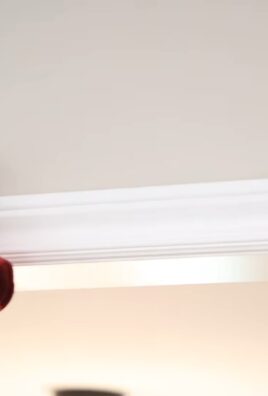
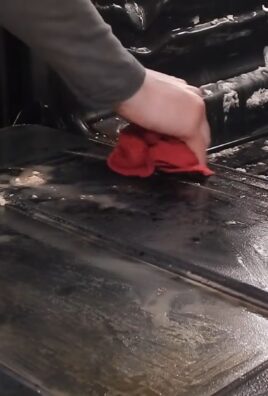
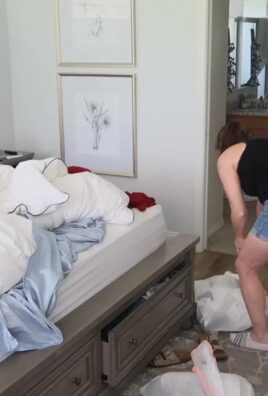
Leave a Comment